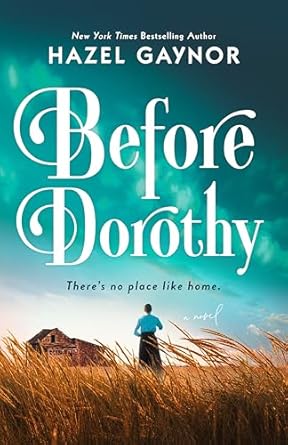Q: What’s the premise of your new book?
A world-class con artist, Radar Hoverlander, together with his girlfriend and sidekick try to save a clueless beauty from a snake-oil villain, only to discover that she’s nowhere near the real target. That’s one premise. The other is: The second liar never has a chance.
Q: What would you like people to know about the story itself?
Although The Texas Twist is the third book in the Radar Hoverlander series, I invite you to join the story in progress. You won’t be at all lost. It’s a stand-alone tale, and if you enjoy it (and I think you will), you’ll have not one but two prequels to look forward to, The California Roll and The Albuquerque Turkey. It’ll be like traveling backward through time!
Q: What do your characters have to overcome in this story? What challenge do you set before them?
Well, Radar and Allie are pregnant and that’s a big paradigm shift for them. And Radar’s not sure he wants to be in the con game anymore, but also not sure he can get out. Meanwhile, the estimable Vic Mirplo sets his sights on authorial glory and literary mayhem ensues. Oh, but of course the main thing is can these three intrepid scamsters keep from getting hustled, even when they can see the hustle coming?
Q: What unique challenges did this book pose for you, if any?
In a book of this sort, where truth and lies intermingle, and crosses and double-crosses abound, my challenge was to make sure that everyone’s actions and motivations stand up to scrutiny twice: both when you don’t know what the real “true truth” is and when you do. Building a novel like this is like creating and solving a jigsaw puzzle at the same time. As a craftsman with pride in my work, I want those pieces to fit snugly. In tautological terms, it was a question of “plot logic” and “story logic.” Plot logic is what happens because the author needs it to happen. Story logic is what happens because the characters need it to happen. In a tight novel, the reader is satisfied that both story logic and plot logic are served. I seek to write tight novels.
Q: What has been the most rewarding aspect of having written this book?
Writing a decent climax. As a novelist who makes it up as he goes along, I’ve often had trouble with endings. Sometimes they don’t feel big enough, nor sufficiently thought through. With The Texas Twist, I saw the set-piece ending fairly early on in the writing (unusual for me) and so for once I had something concrete to aim for. Then, after I wrote the ending, I found that I had just a ton of chuffa (loose ends and red herrings) to clean up and clear out, and that took some time and effort. But when it was done, I felt like I had a lean, powerful, pacey climax that did what it set out to do. I “earned” the ending, which has not always been the case in the past.
The Texas Twist was just released June 1st.




















No comments:
Post a Comment